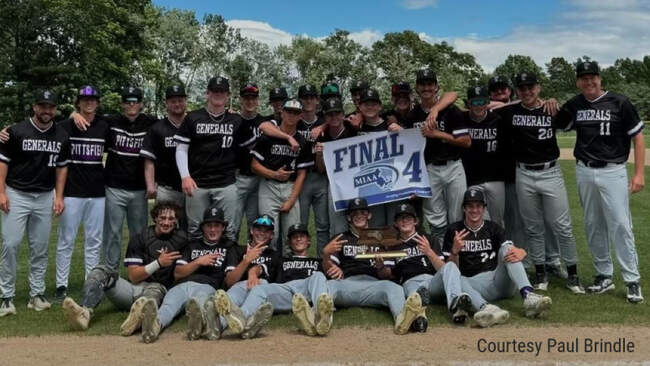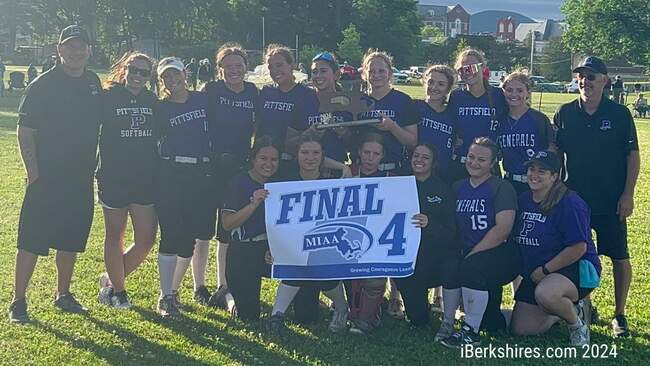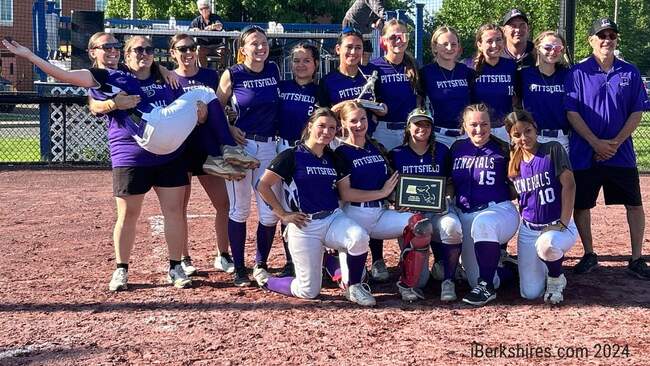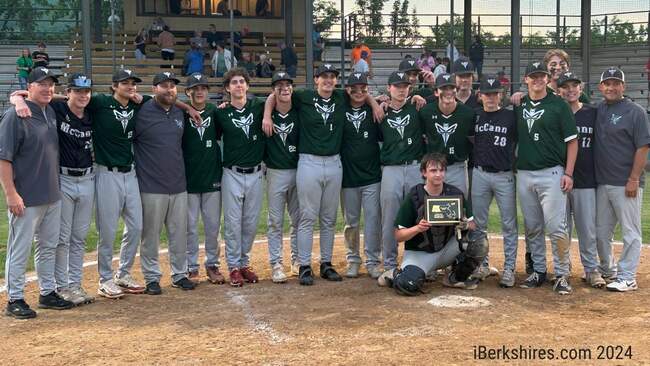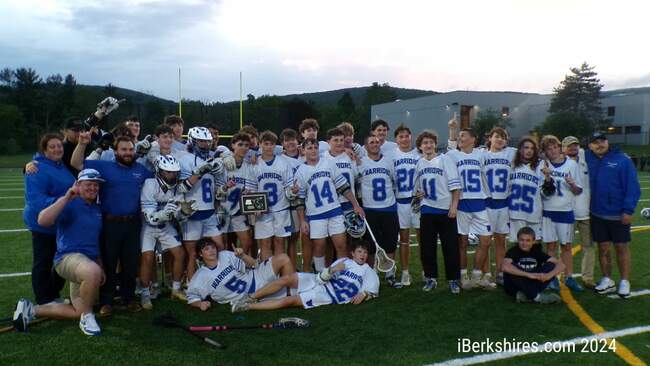
Coping with the Formula Shortage
We always try to make the best decisions for our children. So, for parents of infants, a shortage of their main food source is especially anxiety provoking. Please see the steps below for making safe choices while supplies for formula are short.
First,
make sure that the formula you have is safe and not subject to the recall causing the shortage. If you are using Similac, use the directions at the
Abbot website to check if your package of formula is among those affected. The recalled formula may contain harmful bacteria that can cause serious illness.
The best solution for most families is to switch brands to an equivalent-type formula. Most babies do well with most brands and tolerate switching. There are store brand generic equivalents of many kids of formula. Unless your baby has a sensitivity or requires a special formula, there's no need to contact your pediatrician. If you can, try matching the ingredients of the new formula with the old one as closely as possible.
The Vermont Department of Health created a
resource and a
list of retailers selling formula. Also, the New York Times is reporting and updating a formula location guide at
https://www.nytimes.com/wirecutter/blog/baby-formula-shortage-what-to-do/. You can also try checking smaller stores, which may have a supply when larger stores are out. When buying online, stick to official stores, rather than Facebook or Craigslist, which can host scammers.
Other switches.
-
Use toddler formula for children less than 1 year old but older than 6 months, only if there is no other choice. Doing so temporarily for children close to 1 year old is safe for a few days, if needed.
-
Whole cow's milk could be another short-term alternative, when (a) there is no other choice available, (b) the child is 6 months or older, AND (c) the child typically drinks regular formula (not a specialty product for allergies or other special health needs). This is not ideal and should not become routine. Please call your child's pediatrician before doing this.
Be careful about using formula from other countries. If they had a recall, you wouldn't hear about it as fast as you do for U.S. companies. Also, their labeling is not the same as ours, which can cause problems. Additionally, the shipping process is not regulated, so there is no control of shipping practices, including temperature regulation. The FDA is working to review and accelerate importing formula from countries whose processing and testing regulations align with our own.
The don'ts.
-
Don't attempt to make your own formula. It is very complicated and cannot be done safely. It will most certainly lack important nutrients your baby needs.
-
It is also not safe to dilute your baby's formula. Doing so can cause a potentially harmful electrolyte imbalance.
-
It is not recommended to feed goat's milk or plant-based milks. These do not have the appropriate fats, protein, and other nutrients your child needs.
-
Don't use expired or open formulas unless you know when it was opened and how it was stored.
The Food and Drug Administration is working to get the plant that closed safely back on line, working with other manufacturers to increase production, and working to import more formula safely from other countries. The shortage is expected to last 4 – 6 weeks longer. Please call your pediatrician with any concerns or questions you have!
Meghan Gunn, MD, is the chair of the Department of Pediatrics at Southwestern Vermont Medical Center, part of Southwestern Vermont Health Care in Bennington. She is also a pediatrician at SVMC Pediatrics.

Tags: svhc, SVMC,




